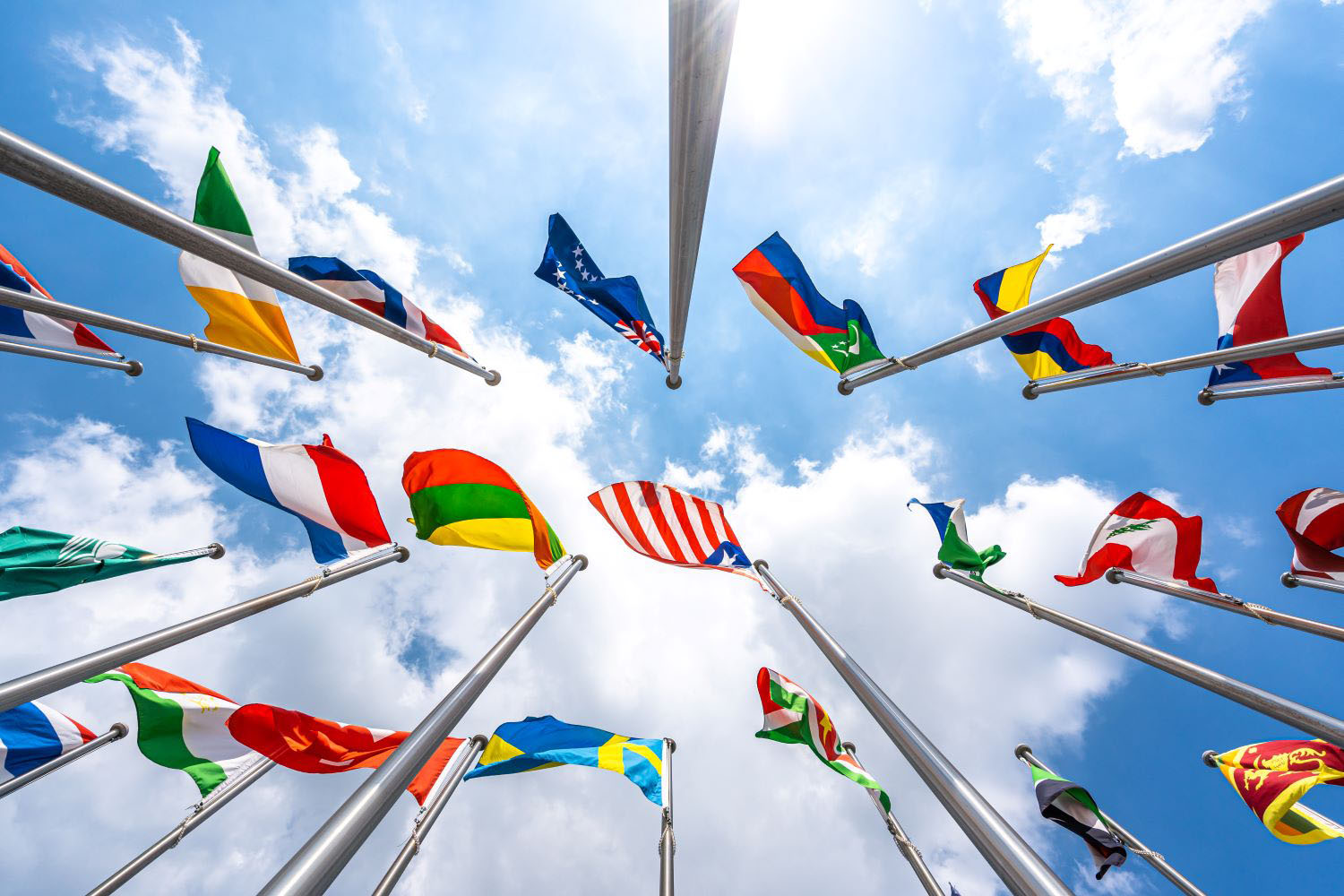Disclosure: my salary is in part paid by the Gates Foundation. Bill Gates penned a kind (unsolicited, but hugely appreciated) review of a book of mine about global progress that turned into the preface of the paperback version. I interviewed both Bill and Melinda once, but I hope they’ve forgotten that I lost both the recordings and the transcripts. When it comes to disagreements, I prefer cash transfers to chicken transfers (in particular for Gates Foundation grants). Thanks to Jason Hickel and Martin Kirk for comments on an earlier draft.
Martin Kirk and Jason Hickel published a piece earlier this week on the annual Gates Letter. The core critique is that the letter is too rosy. In particular, Kirk and Hickel say of the Gates' letter: "some of their examples are just wrong." The case they provide in illustration is the idea that poverty has been cut by half since 1990. The Gates "use figures based on a $1.25 a day poverty line, but there is a strong scholarly consensus that this line is far too low." Use other poverty lines, and global poverty "hasn’t been falling. In fact, it has been increasing—dramatically.” (See related pieces by Jason here and here).
I don't think this critique holds up.
Regarding the 'strong scholarly consensus' that the extreme poverty line is too low, Kirk and Hickel cite a 2006 paper arguing for a poverty line between $1.90 and $2.70 a day using 2002 PPPs. They could add me to the list, although really I’m just jumping on Lant Pritchett’s coat-tails—we want a $10 line. But I don't think Lant would claim his view has reached consensus.
Given that setting any poverty line is an exercise involving subjectivity, there isn't a single right answer to what’s the best line. I can’t think of a good approach to measuring consensus on what the line should be, but try a Google Scholar search of “$1.25 poverty line” and then try the same with $2.70 or $10 and see which one pops up most often (spoiler: $1.25). That’s not surprising: the world's governments came together last year at the United Nations and all committed to end extreme poverty by 2030 where extreme poverty was agreed as living on less than $1.25 a day, so it is a bit hard to blame the Gates' for using the same (dare I say) consensus number.
As to whether poverty has been rising or falling, if you use $5 a day—Kirk and Hickel's preferred cutoff—they suggest that 4 billion people still live below that threshold, and that (absolute) number has been rising over time. The latest povcalnet numbers involve different adjustments for purchasing power across countries than Hickel’s sources originally used, so aren’t directly comparable, but use his preferred new line of $7.40 and the number of poor has indeed climbed: from 3.8 billion to 4.1 billion since 1990.
The good news involves what is—and what’s not—driving the increase in absolute numbers of people living on less than $7.40 a day. The number can increase because people are getting poorer or because poor people are living longer and having children that survive. And as it turns out, the big, overwhelming reason there are more poor people is because people are dying less, not that they are earning less. Branko Milanovic’s work suggests that every global income percentile below the 78th saw positive income growth 1988-2008 (though, matching Martin Ravallion’s work, he suggests some of the world’s very poorest did see comparatively little in the way of income gains).
That is why it is really, really hard to choose an income cutoff where the percentage of the developing world's population poor under that cutoff has been rising. At $1.90 the proportion under the line has dropped from 35 percent to 11 percent between 1990 and 2013. At $7.40, the percentage of people in developing countries that are poor has fallen from 87 percent to 68 percent 1990-2013. At $10 the percentages are 92 percent to 77 percent. At $100 a day, the number rounds to 100 percent in 2013, but it is still fractionally lower than 1990.
Decrying the rising absolute number of poor people under these circumstances only makes sense if you care about there being too many people—you are worried about their unsustainable consumption, as it might be. (Although then you should really be worried about the number of rich people—they are the ones who consume more). If you like poor people but don’t like poverty, the complaint doesn’t make much sense.
So, by the most common international definition (adopted by the United Nations), poverty has been cut by more than half since 1990. That poverty line is surely too low as a measure of what we would like to see as the minimum quality of life worldwide, but under pretty much any income definition of a poverty, the proportion of the world living under that line has declined since 1990 as incomes have grown for the vast majority of humanity. And that’s a clear sign that global poverty has been falling—not increasing dramatically.
Disclaimer
CGD blog posts reflect the views of the authors, drawing on prior research and experience in their areas of expertise. CGD is a nonpartisan, independent organization and does not take institutional positions.





